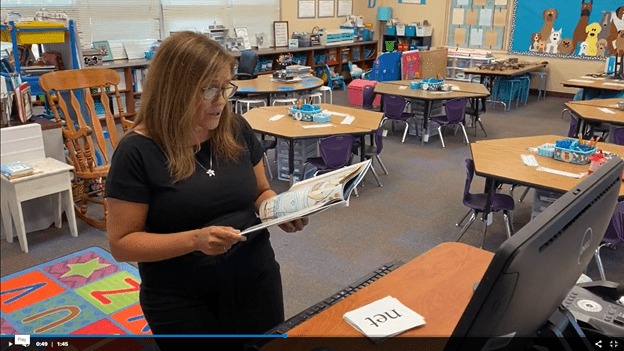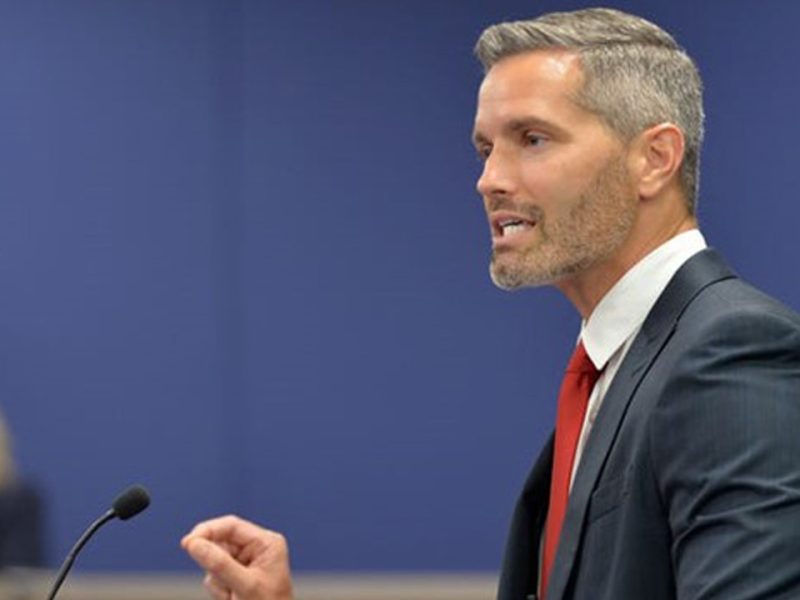
Teacher shortage may lead to widespread innovation in Lee County schools
Fort Myers News-Press | By Bill Smith | February 8, 2022
An increase in vacancies among the ranks of the Lee School District’s 5,900 teachers might prompt fundamental changes in when, where and how teachers teach 95,000 students, the district school board was told Monday.
Since August more than 250 teachers have left the school system, a 24% percent increase in classroom vacancies in the current school year compared to the year before the coronavirus epidemic brought unprecedented difficulty bringing students and teachers together.
It’s not just the teachers. Schools human resources managers told board members in a workshop meeting Monday that it’s getting tough to hire other employees as well from lunch ladies to janitors and classroom aides.
Recruiting new employees is important, but so too is retaining teachers and other employees already working in the school system, officials say.
“One of the most important things we can do is keep the people we have. There has always been a huge onus on recruitment, and recruiting is important,” said Robert Dodig Jr., an attorney and the district’s executive director of human resources. Keeping the staff we have is probably just as — or more — important.”
Dodig and Shellie Halstead, human resources project coordinator, gave the school board a data-based presentation on the extent and impact of the teacher shortage, coupled with ideas for updates in how schools are operated. The presentation included surveys of current and exiting teachers and the cold hard facts of a sharp increase in teacher resignations.
There have been 253 departures from the teaching staff in the school year that began last summer. In the year before the COVID pandemic, there had been only 174 departures from the teaching staff by the same point in the academic year
Vacancies for non-instructional staff have soared at an even faster pace, reaching 504 this year, compared to 336 two years ago and 343 last year by this time of the year. The surge in vacancies among teacher’s aides, cafeteria workers, custodians and others means there is nobody tending to those jobs because there are no substitutes for those employees.
“Why are people leaving? There is no answer necessarily,” said Dodig. “Some people, we know, have just dropped out of the job market. We know that others have chosen other professions.”
Board member Betty Vaughn says she worries that staffing issues will get worse, as teachers disrespected by some of their bosses now face the prospect of lawmakers making it easier for parents to peer over the shoulders of trained classroom teachers and insist on changes.
“The bottom line is teachers are not only underpaid, but not respected … In some schools the principals do not respect the expertise of the teachers and are piling more and more and more on the teachers,” Vaughn said. “If they’re not particularly in love with a particular teacher then they really make things difficult for that teacher, and that’s a fact.”
Vaughn also cast a wary eye at the possibility that classrooms will be opened as technology is geared to allow classroom observation from afar, creating backlash against teaching methods and materials.
“We have parents wanting their eyes and cameras in the classrooms. It’s amazing to me every time I read through the bills that seem likely they are going to be pushed right along and no doubt get (Gov.) Desantis’ signature,” Vaughn said. “So many of them just adds to the disrespect.”
One possibility for the Lee schools is to allow for new ways to help struggling rookie teachers. Currently, new teachers can be fired during an initial probationary period, and in fact about 5% of teachers have been released in the current year because they didn’t meet standards in the probational period.
Halstead led a statistical look at who is leaving district schools and why, and presented findings developed through surveys of faculty, administrators and others.
The pay is important, but the district’s examination of the reasons teachers give when they depart includes four major factors, the study suggests.
One factor is retirement, but others go to how teachers are valued and respected in the schools. As they depart, some teachers cite inadequate salary, difficult working conditions, and issues with leadership at the school level as reasons to find another line of work.
It is prompting a new look at the way schools function.
“Job sharing, a teacher teaches two days a week, another teacher teaches three,” Dodig said. “That is something we can can do. They do two different jobs, one in the morning the other in the afternoon.”
Teachers who agreed to come back when the school year began last summer got a $1,000 retention bonus; a further such bonus is under consideration but must be negotiated.
Other steps to be considered in keeping staff on the job include higher pay scales and expanding mental heath wellness programs to relieve the stress of the job. Even a different schedule for high schools could make it easier for teachers with young children to see them to the bus and then head to work.
Interim Superintendent Kenneth Savage noted that some of the factors that led to upsurge in teachers leaving can also be worked to help them decide to stay.
“We have the opportunity, with technology, to really reconsider the way we provide instruction. We know the students, we want them to come to school, we want them to be supervised, too, so their parents can go to work. We want them to learn in an engaging environment,” Savage said.
“It’s the work that can change the underlying demand (for teachers),” he said. “Just simply the way we schedule the students in our schools creates the number of vacancies that we have. Just by changing the methods by which we schedule, that can change the amount of teachers that we need in various subject areas.”





